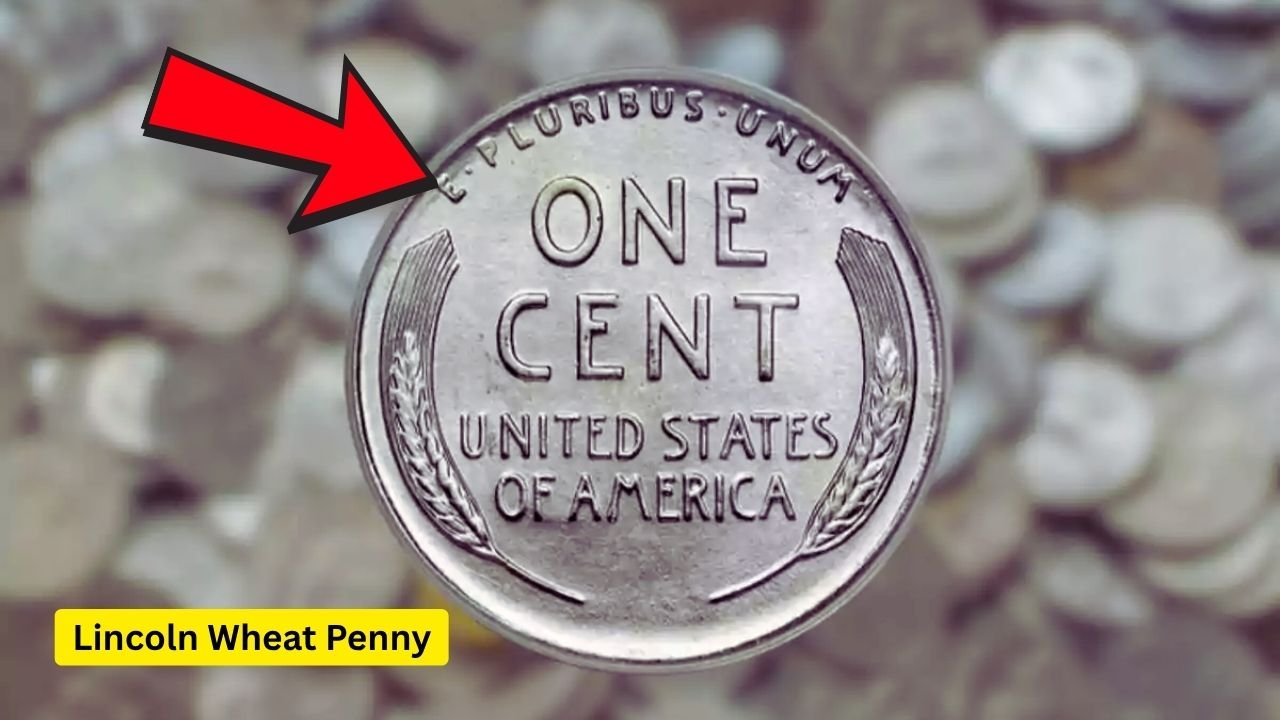The Hidden Gem in Pocket Change
Folks across America love digging through old coins, hoping to find something special. One penny that’s got everyone talking is the 1943 Bronze Lincoln Wheat Penny. This little copper coin from World War II days is super rare and pops up at auctions maybe once every ten years or so. Back then, the U.S. Mint switched to making pennies out of steel to save copper for the war effort. But a few bronze ones slipped through by mistake, and those errors turned them into treasures. Experts say only about 20 of these exist today, making them some of the hardest U.S. coins to find. One sold for over two million bucks at a big auction, showing just how wild the demand is. Collectors wait years for a chance to bid on one, and when it happens, the room buzzes with excitement. It’s not just metal; it’s a piece of history that reminds us of tough times and happy accidents.
This penny looks like any other Lincoln Wheat from that era, with Abraham Lincoln’s face on the front and wheat stalks on the back. But its bronze makeup sets it apart from the common steel versions that turn up in grandma’s jar. The mistake happened when leftover bronze blanks got mixed in at the mint. Most people back in 1943 didn’t notice, and many of these rarities stayed in circulation for decades. One story goes that a kid found one in his school lunch change in the 1950s and kept it as a lucky charm. Years later, it turned out to be worth a fortune. Auction houses like Heritage see these coins so seldom that each sale makes headlines. The last big one fetched 2.3 million dollars for a 1943-D version, proving why collectors call it a once-in-a-decade event.
A War-Time Mix-Up Turns to Gold
World War II changed a lot, including how we made money. The government needed copper for bullets and wires, so pennies went steel for a year. But at mints in places like Denver and San Francisco, a tiny number of bronze pennies got stamped anyway. These errors are what coin folks call “planchet mistakes,” where the wrong blank metal gets used. The 1943 Bronze is magnetic-free and has that classic reddish shine, unlike the gray steel ones. Only a dozen or so are known from Philadelphia, with even fewer from other spots. One from San Francisco sold for over a million, and experts think that’s the rarest of the bunch. Because so few survive, they hardly ever hit the market. When one does, it’s like spotting a unicorn – bidders from all over push the price sky high.
What amps up the value is the condition. A beat-up one might still go for hundreds of thousands, but a shiny, near-perfect example breaks records. Grading services check for scratches, color, and detail, giving top marks to the best. Collectors chase these because they’re tied to American grit during the war. Plus, fakes pop up sometimes, so buyers need pros to verify. Stories of folks finding one in attic boxes keep the hunt alive, even if most pennies are just worth a cent.
To show how this stacks up, here’s a look at some top-selling error pennies:
| Coin Year | Error Type | Top Auction Price |
|---|---|---|
| 1943 Bronze | Wrong metal | $300,000+ |
| 1943-D Bronze | Denver mint error | $2.3 million |
| 1944 Steel | Leftover steel | $700,000+ |
And for the basic specs of a 1943 Lincoln Wheat Penny:
| Feature | Details |
|---|---|
| Metal | Bronze (error) or steel (common) |
| Weight | 3.11 grams |
| Diameter | 19 mm |
| Mints | Philadelphia, Denver, San Francisco |
Why Collectors Can’t Get Enough
Coin collecting is more than a hobby; it’s a way to hold history in your hand. The 1943 Bronze Penny stands out because it’s so scarce – way rarer than even gold coins from back then. Demand keeps growing as more people get into the game, especially with online auctions making it easy to join. But with only a handful known, most will never own one. Instead, folks look for clues in their change: check the date, feel if it’s magnetic, and see the color. Experts say if you think you’ve got one, get it checked fast – it could change your life. Events like coin shows let everyday people learn and maybe spot a deal.
This penny’s story shows how a small slip at the mint can create big fortunes. From war rationing to modern auctions, it’s a reminder that value hides in plain sight. Next time you see an old wheat penny, give it a close look. Who knows? You might have the next big find waiting.
